Union Special 39500FS, 39500FT, 39500FU, 39500GD, 39500GL Manual
...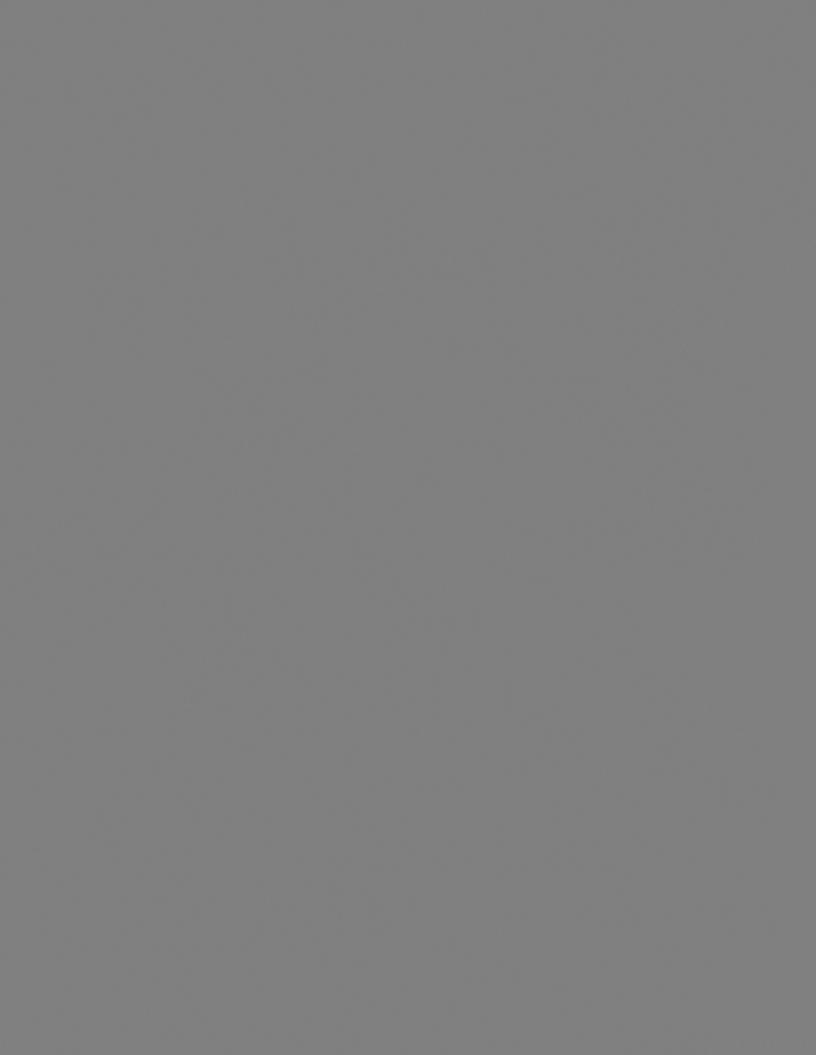
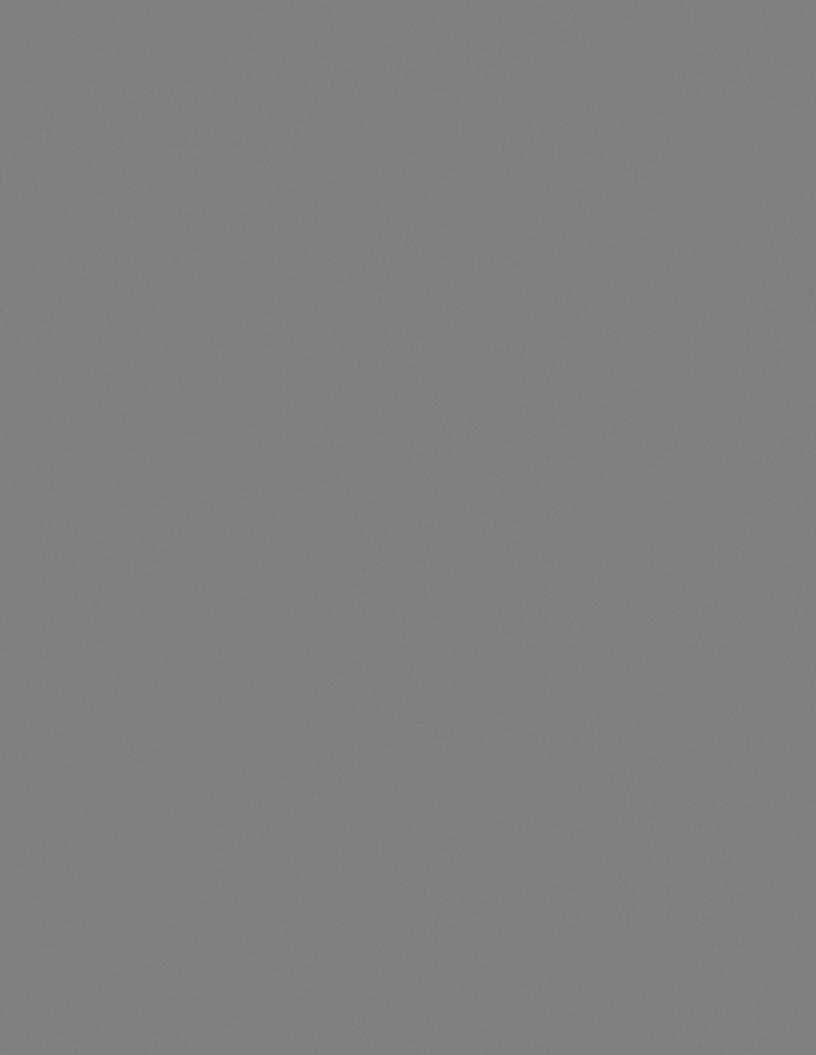
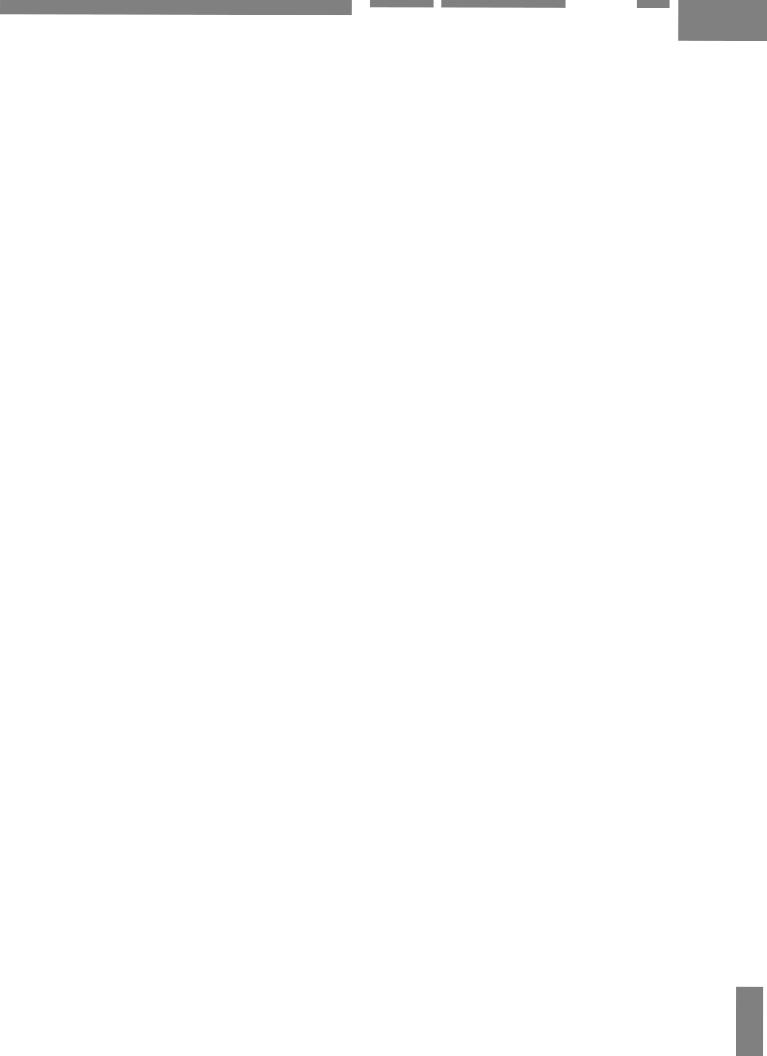
Catalog No. 103 FS
INSTRUCTIONS
FOR
ADJUSTING AND OPERATING
|
LIST OF PARTS |
|
|
|
|
Class |
39500 |
|
|
|
Styles |
|
|
|
39500 |
FS |
39500 |
GL |
|
39500 |
FT |
39500 |
GT |
|
39500 FU |
39500 |
JP |
||
39500 GD |
39500 |
MM |
||
Second Edition
Copyright 1967
By
Union Special Corporation
Rights Reserved in All Countries
CORPORATION
INDUSTRIAL SEWING MACHINES
CHICAGO
Printed in U.S. A.
October, 197 3
3
From the library of: Superior Sewing Machine & Supply LLC
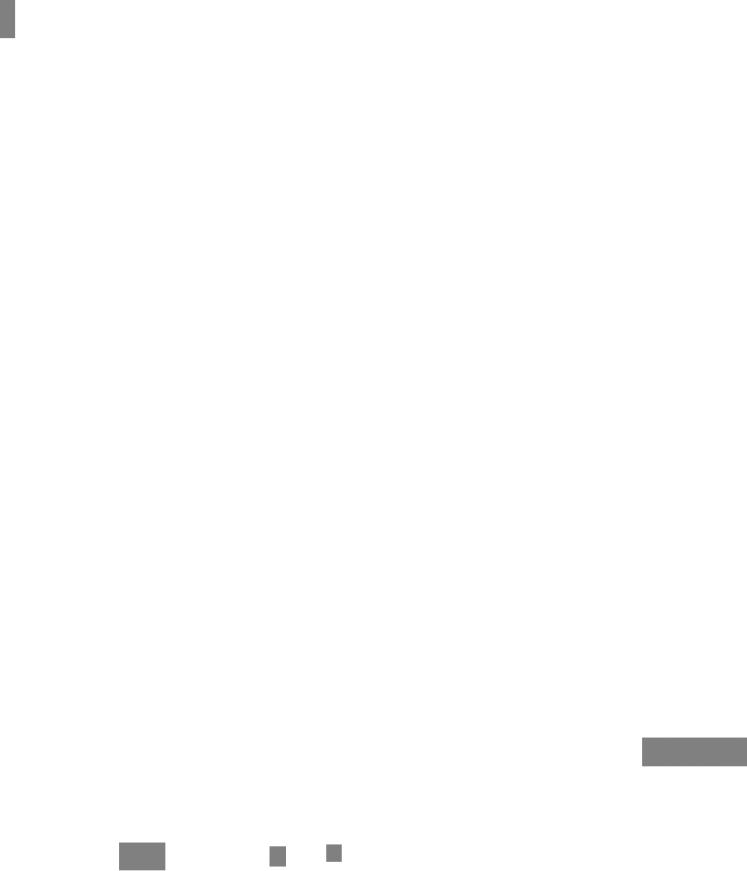


NEEDLES
Each Union Special needle has both type and size number. The type number denotes the kind of shank, point, length, groove, finish and other details. The size number, stamped on the needle shank, denotes largest diameter of blade, measured in thousandths of an inch, midway between shank and eye. Collectively, type and size number represent the complete symbol which is given on the label of all needles packaged and sold by Union Special.
Class 39500 machines use a curved blade needle. The standard recommended needle for Styles 39500 FS, FT., FU, GD, GL, JP and MM is Type 154 GAS.. while the standard needle for Style 39500 GT is Type 154 GBS. Below are the type numbers, description and sizes available of the recommended needles.
Type No. |
|
|
|
Description and Sizes |
|
|
|
|
||||
154 |
GAS |
Round |
shank, |
round point., |
curved blade, |
standard |
length, |
single |
||||
|
|
groove, |
struck groove, |
spotted, |
chromium |
plated and is |
available |
|||||
|
|
in sizes 022., 025, 027, |
029, |
032, |
036, 040, |
044, 049, |
054, |
060. |
||||
154 |
GBS |
Round |
shank, round point, curved blade, |
standard |
length, |
double |
||||||
|
|
groove, |
struck |
groove, |
spotted, |
chromium |
plated |
and is |
available |
|||
|
|
in sizes 027, 029, 032. |
|
|
|
|
|
|
|
|
||
|
To have needle |
orders |
promptly and |
accurately filled, an |
empty package, a |
|||||||
sample needle, or the type and size number should be forwarded. |
Use description |
on label. A complete order would read: 11 1000 Needles, Type 154 |
GAS, Size 027 11 • |
Selection of the proper needle size is determined by size of thread used. Thread should pass freely through needle eye in order to produce a good stitch formation.
Success in the operation of Union Special machinee can be secured only by use of needles packaged under our brand name, ~ ., which is backed by a reputation for producing highest quality needles in materials and workmanship for more than three-quarters of a century.
CHANGING NEEDLES
Release pressure on presser foot by turning presser foot release bushing (AG, Fig. 1 and lA) and swing presser arm (U) out of position. Turn handwheel in operating direction until needle is at its lowest point of travel. Using hexagonal socket wrench No. 21388 AU., furnished with machine, loosen needle clamp nut about 1/4 turn. Again turn handwheel until needle "is at high position; withdraw needle.
To replace needle, leave needle holder at high position and, with the flat to the left, insert needle in holder until it rests against stop pin. Keeping needle in this position, turn handwheel until holder is again at its low point of travel, then tighten nut. Return presser arm (U) to position; re-lock presser foot release bushing (AG).
THREAD STAND (504 STITCH)
After thread comes from cones on cone support (A., Fig. 1 ), it is brought up through back hole of thread eyelet (B)., then down through the front hole of thread eyelet. Next it is threaded through the upper holes of tension thread guide (C) from front to back and then through the lower holes from back to front. It should be noted that the lower looper thread is threaded through the tension thread guide (C ), first through the upper hole back to front., second through the middle hole front to back and third through the lower hole back to front. All threads then continue between the tension discs (J)., through tension post slot (K) in tension post (G) and on through front thread guide (M).
6
From the library of: Superior Sewing Machine & Supply LLC

l;) Thread Eyelet
li]Tension Nut
IITension Spring Fer~
II Tension Spring~ ---~~~
[!] Tension Post IIJspring Shie ld ....-::::,~
O Tension Discs :~.::··
l3Tension Post Slot :
IITension Disc Felt ·..
[i Tension Thre ad Guide
FIJ Front Thre ad Guide
IIJupper Looper Thread Eyelet
IiiAuxiliary Looper Thread Eyelet
(9Lower Looper Thread Eyelet
Top Cover
....,.,. Needle Thread Eyelet
Upper Looper
Thread Tube Assembly
DFrame Looper
Thread Guide
DJPresser Arm
mLower Loope r
Fig. 1
7
From the library of: Superior Sewing Machine & Supply LLC
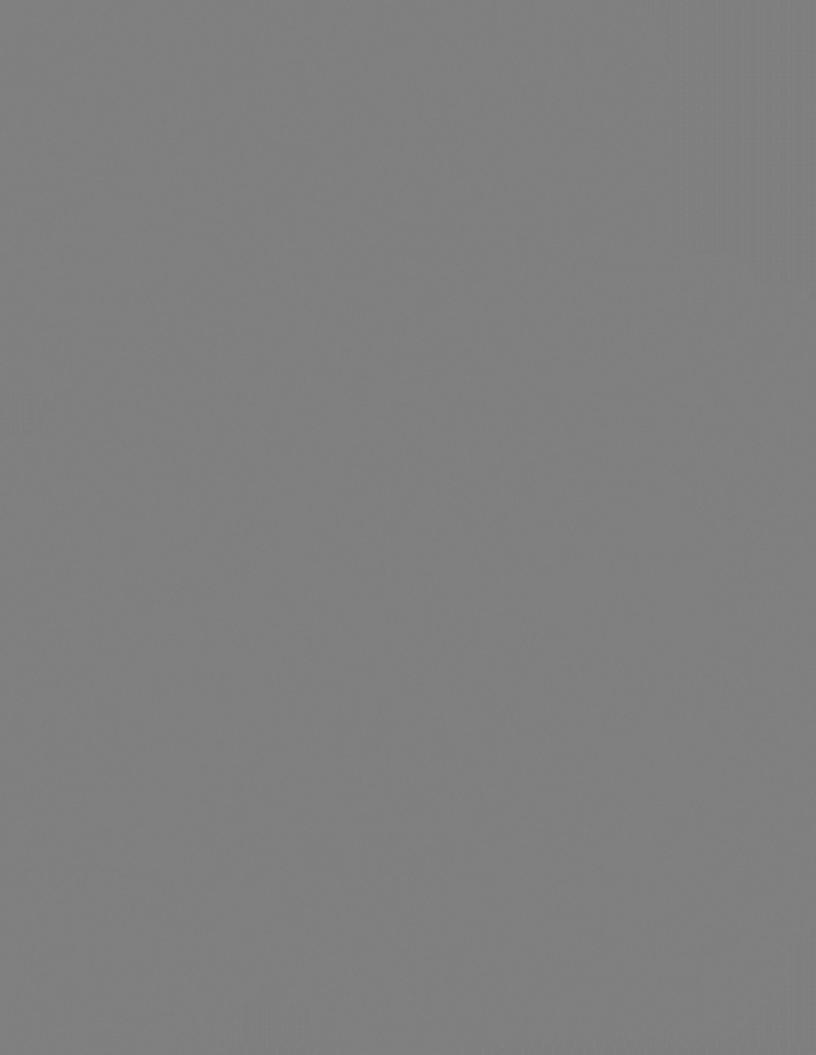

THREAD STAND (512 STITCH)
After thread comes from cones on cone support (A, Fig. lA ), the needle threads are threaded through the back bar of the thread eyelet (B), under the middle bar and through the center holes of the front bar. The looper threads come from the cones, through holes of the middle bar from back to front and then through the two outside holes of the front bar. Next it is threaded through the upper holes of tension thread guide (C) front to back and then through the lower holes from back to front. The threads continue between the tension discs (J), through tension post slot (K) in tension post (G) and on through front thread guide (M).
NOTE: Refer to Fig. 1 for threading Styles 39500 FS, FT, FU, GT, JP and MM, or refer to Fig. lA for threading Styles 39500 GD and GL.
THREADING
Only parts involved in threading are shown in threading diagrams (Fig. 1 and lA). Parts are placed in their relative positions for clarity.
It will simplify the threading of these machines to follow the recommended se - quence of threading lower looper first, upper looper second, and needle or needles third.
The threading in Fig. 1 and Fig. lA are the same, the only difference will be the threading of two needle threads in Fig. lA as compared to one needle thread in Fig. 1. The additional needle in Fig. lA moves the lower looper thread tension post to the right.
Before beginning to thread, swing cloth plate open, turn handwheel in operating direction until needle (X) is in high position, release pressure on presser foot by turning presser foot release bushing (AG), and swing presser arm (U) out of position.
Be sure the threads, as they come from the tension thread guide (C), are between the tension discs (J) and in tension post slot (K) in tension post (G). The tension posts should be positioned so the tension post slot will be at the approximate angle for the different threads as indicated in Fig. 1 and lA.
TO THREAD LOWER LOOPER
Double end of thread and lead it through both eyes of lower looper thread eye - let (R, Fig. 1 or lA) from right to left. NOTE: Thread must pass in front of looper thread pull-off ·(AF). Lead thread behind fabric guard (S) and through hole of frame looper thread guide (T). Turn handwheel in operating direction until heel of lower looper (V) is all the way to the left; then thread through both eyes from left to right. Left eye of lower looper can be threaded easily if tweezers are in left hand.
TO THREAD UPPER LOOPER
Turn handwheel until point of upper looper (W) is all the way left. Lead thread through auxiliary looper thread eyelet (P)from back to front, then through both eyes of upper looper thread eyelet (N) from left to right. NOTE: Thread must pass in front of looper thread pull-off (AF). After pulling up upper looper thread tube assembly (AA). lead thread under neck of top cover casting and down through thread tube as - sembly (AA). Pull thread out bottom of tube; push tube down, then insert thread through upper looper eye from front to back.
CAUTION! Be sure upper looperthread is under lowerlooperthreadwhenpassing from tube assembly to upper looper eye.
9
From the library of: Superior Sewing Machine & Supply LLC

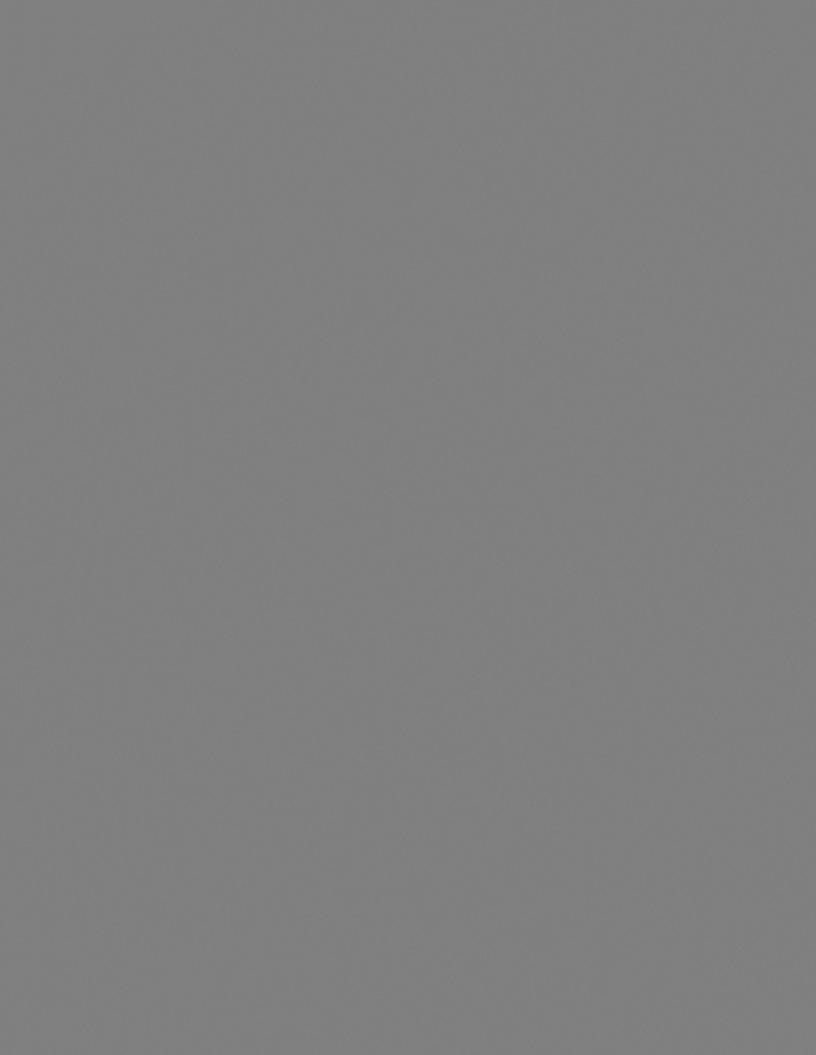
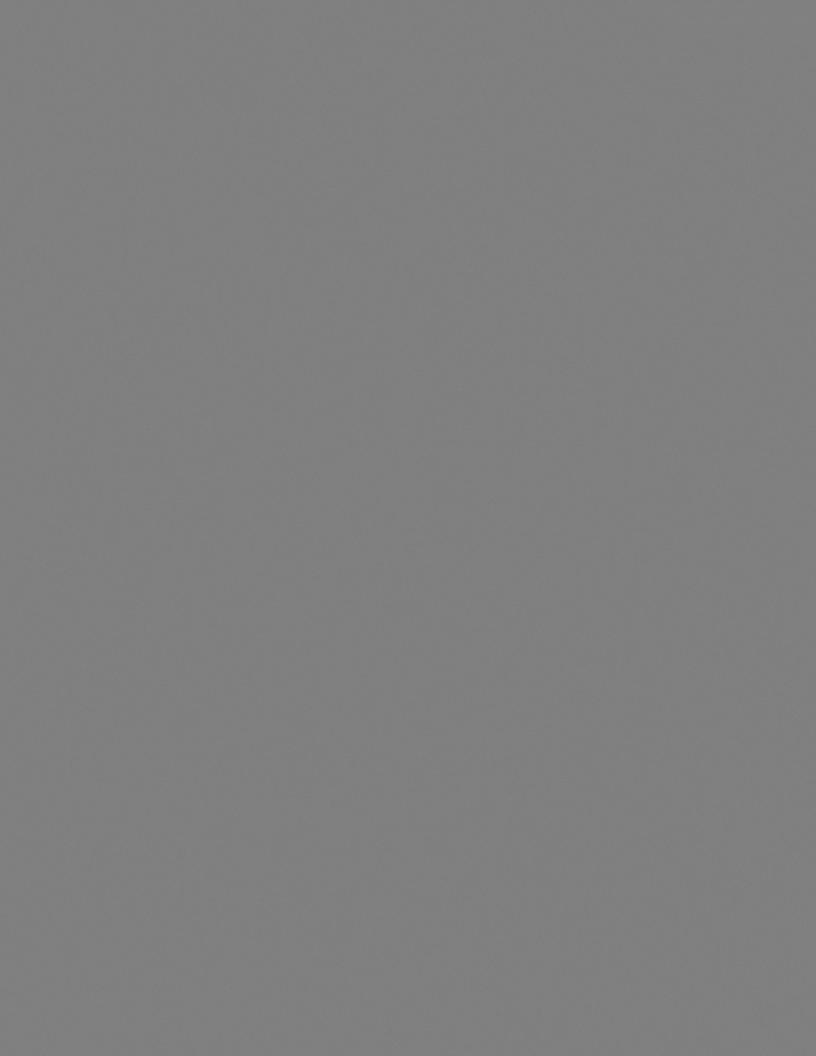
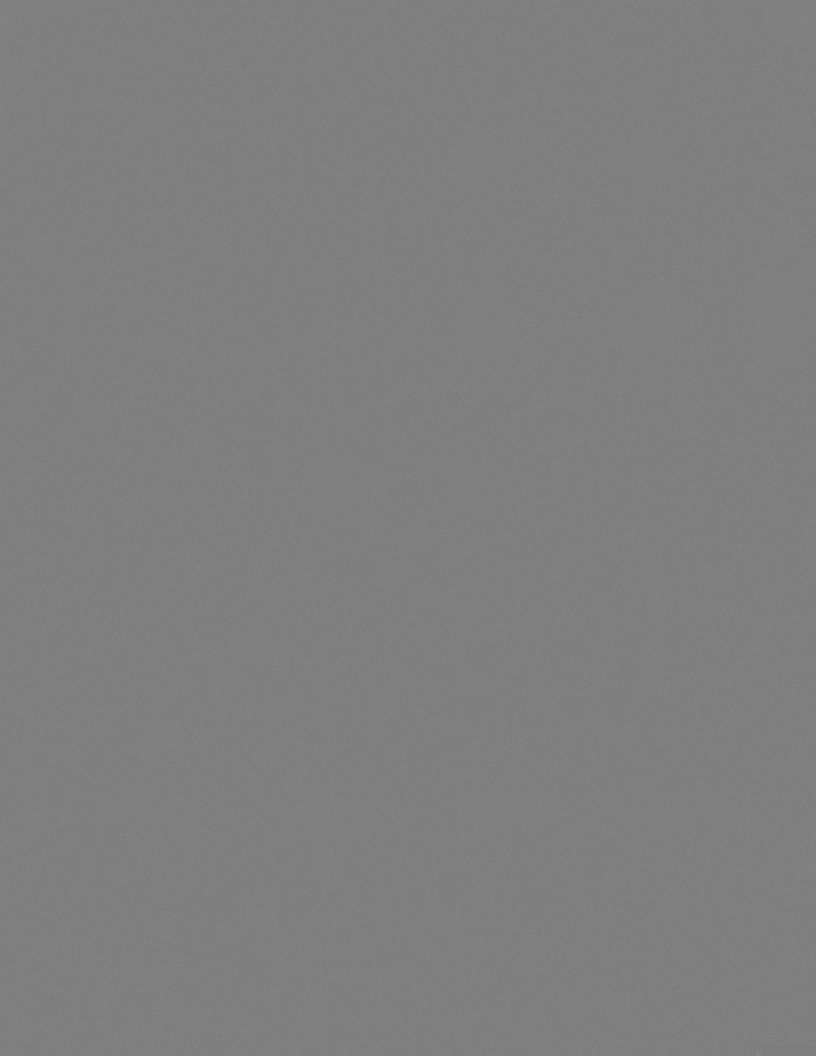

